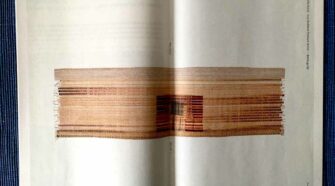Materials

Bringing Big Ideas for a Sustainable Future to the Nonwovens Industry
Big ideas come from many sources, but great big ideas come to life when strategic partners leverage collaboration in its highest form, including face-to-face networking, sharing of business intelligence, and …

Commercializing Smart Textiles – Challenges and Opportunities
Held in late 2024, E-Textiles: International Conference on the Challenges, Opportunities, Innovations, and Applications in Electronic Textiles, was hosted by the E-Textiles Network, and brought together many of the discussion …

Working Smarter: Manjushree Spntek Expands Into Value-Added Products to Address Nonwoven Fabric Overcapacity
Executive Q&A with Rajat Kumar Kedia, Managing Director, Manjushree Spntek Pvt. Ltd., India To survive intense competition due to overcapacity in the Indian as well as the global nonwovens fabrics …

AT EXPO 2024 – Exploring Next-Gen Advanced Textiles
The Advanced Textiles EXPO is held in different North American cities each year, spanning both coasts and a sprinkling of key cities inland. The selection is driven by a combination …

Autotech Nonwovens Advancing Industrial Textiles
Q&A with Ankit Desai, Managing Director, Autotech Nonwovens India-based Autotech Nonwovens is a leading manufacturer of nonwovens and advanced materials with applications in automotive, filtration, footwear and other industrial applications. …

